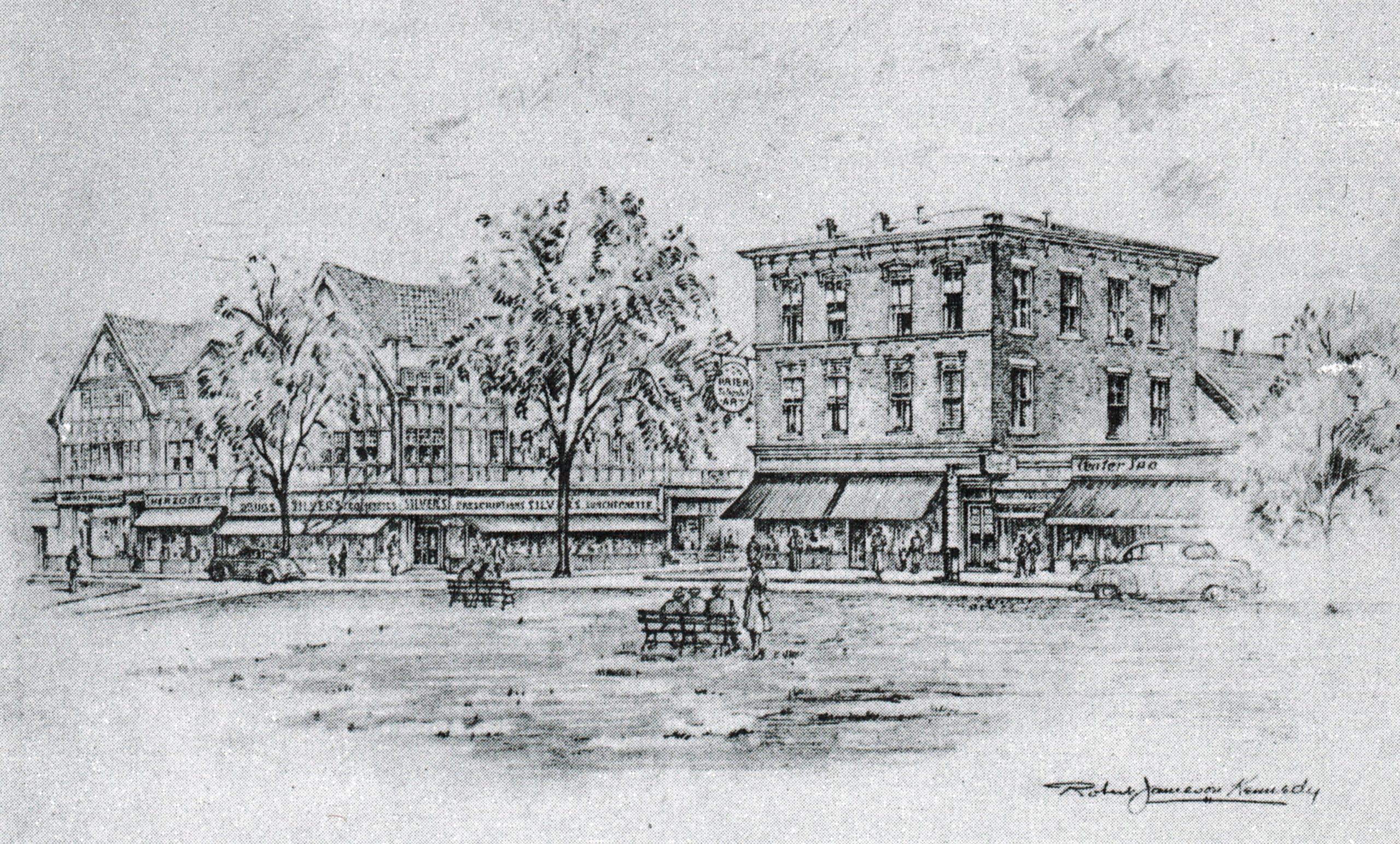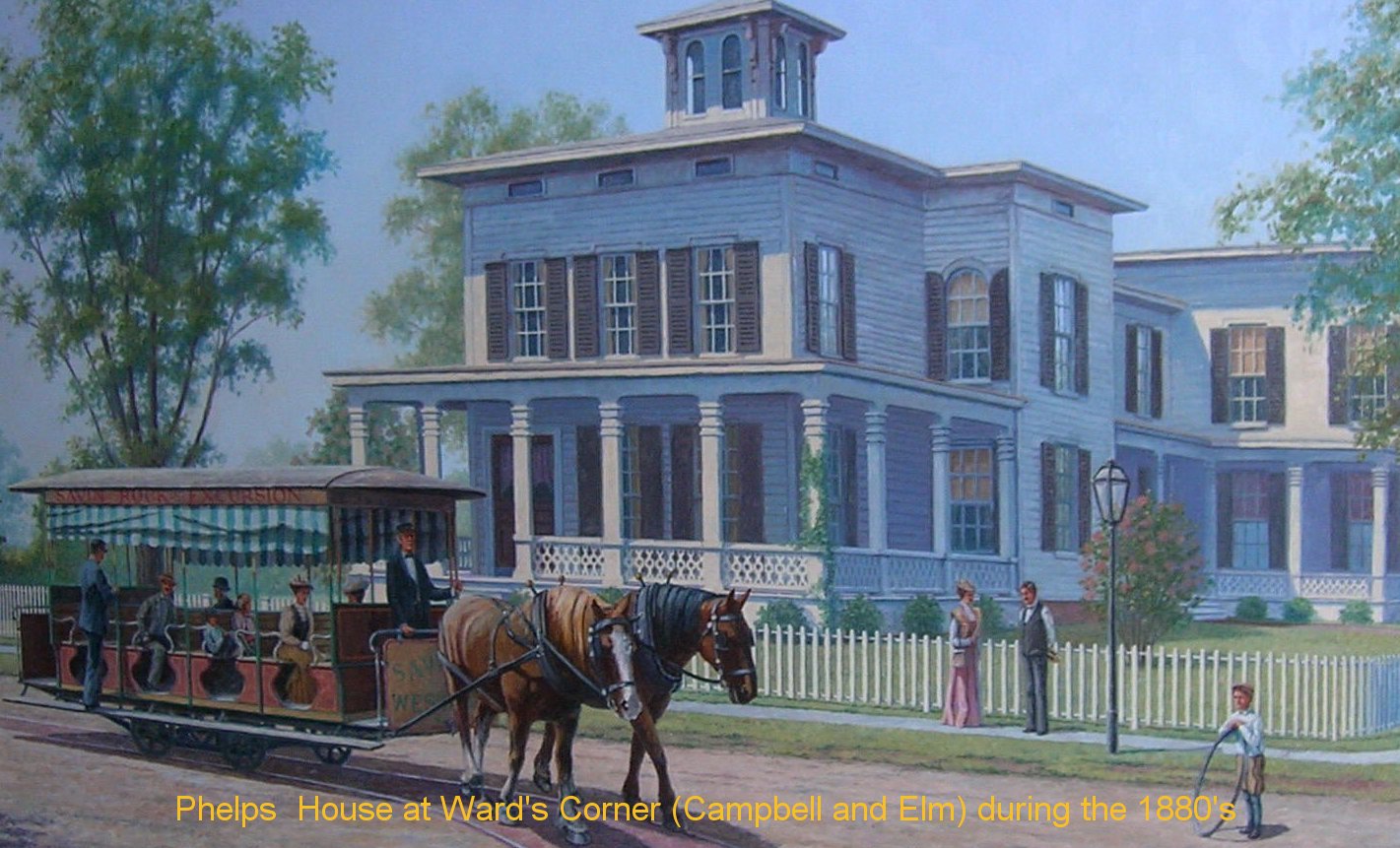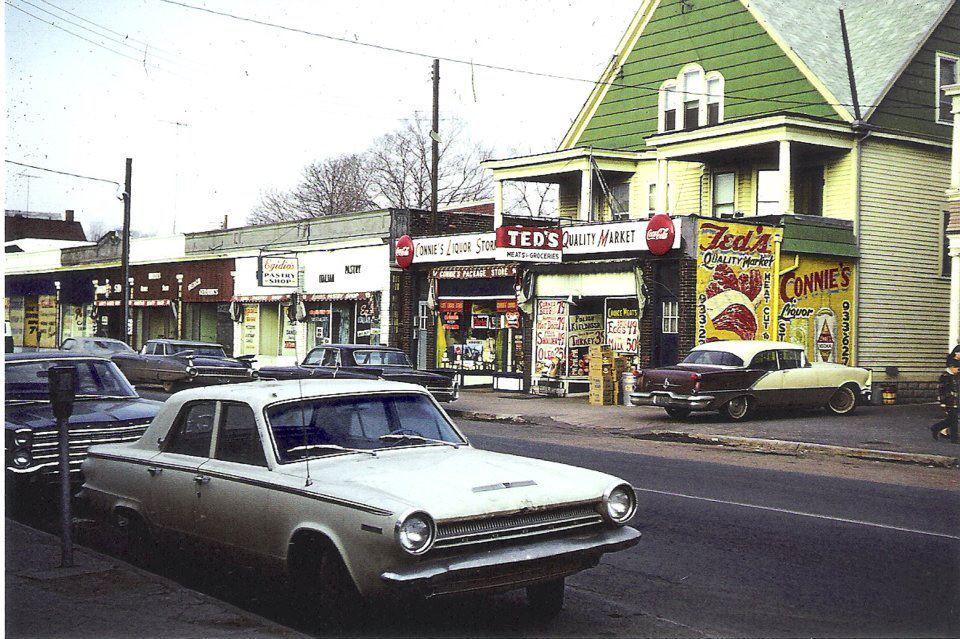By Dan Shine
Voice Columnist



The Rise of Campbell Avenue
Part II
See Part 1
Decades passed, and in 1867, George Kelsey—a force of great and positive change for West Haven–built a horse railroad which would extend from New Haven Green to Elm Street and then south, neatly bisecting the salt grass of Old Field, and extending onward to Savin Rock. The roadbed for the Horse Railroad became a new section of Fourth Avenue, and the name was changed to Railroad Avenue.
On either side of the street were now numerous side streets which extended west to Savin Avenue and east to another new street: Washington Avenue. The former farming area known as Old Field would now be carved into housing lots, and in due time, Railroad Avenue would be dotted with small businesses. And Railroad Avenue would extend from the shore all the way to Allingtown.
But Railroad Avenue would not be the street’s name for long: West Haven’s postmaster, Harry Ives Thompson would almost single-handedly campaign to rename Railroad Avenue, calling it Campbell Avenue, in honor of Adjutant Campbell’s well-known act of kindness during the Revolutionary War. It is believed that this change was set to coincide with the centennial of the United States, 1776-1876.
By 1900, Campbell Avenue was the established “Main Street” of West Haven. Building booms and factory openings had begun to take place in West Haven, as people living and working in New Haven sought to work and live “out in the country.” Foot travel was the norm for most at that time, so along Campbell Avenue, a variety of local businesses began to spring up: markets, bakeries, dry goods stores, drug stores, hardware stores and the like. They were convenient, and if consumers needed a greater selection of products, a five-cent trolley ride could take them into New Haven’s “Downtown.”
The first two-thirds of the Twentieth Century were the peak years for Campbell Avenue as a traditional Main Street-style shopping area. For example, the consumer could find—all on one street—many restaurants, two bakeries, a deli, several drug stores, an appliance store, two auto dealerships, three cleaners, several barbers, two significant factories, three supermarkets, three churches, three hardware stores, two shoemakers, a dry goods store, men’s clothing stores, women’s clothing stores, five-and-tens, a department store, a bowling alley, a shoe retailer, a movie theater, a paint store, a post office, a library, town hall, fire station and assorted auto repair and appliance repair shops.
But the world kept turning, and life changed. After World War II, America’s love affair with the automobile came into full flower. In 1958, Interstate 95 was opened, and in 1960, ground was broken for the Connecticut Post Shopping Center. Here and elsewhere, consumers’ shopping habits began to shift away from the Main Street concept, as shoppers favored the larger stores with larger selections and lower prices found in these decentralized locations.
And so, we arrive at the Campbell Avenue of today, a Main Street that is somewhat past its prime. What’s next? Perhaps some historian in the not-too-distant future will be able to write happily about another George Kelsey-type, who would bring the right leadership, the necessary bright ideas, and the forcefulness needed to return Campbell Avenue to its old glory.
Thanks to Cathie Iaccarino, Peter Malia, James Holt and City Engineer Abdul Quadir for their assistance with this story.